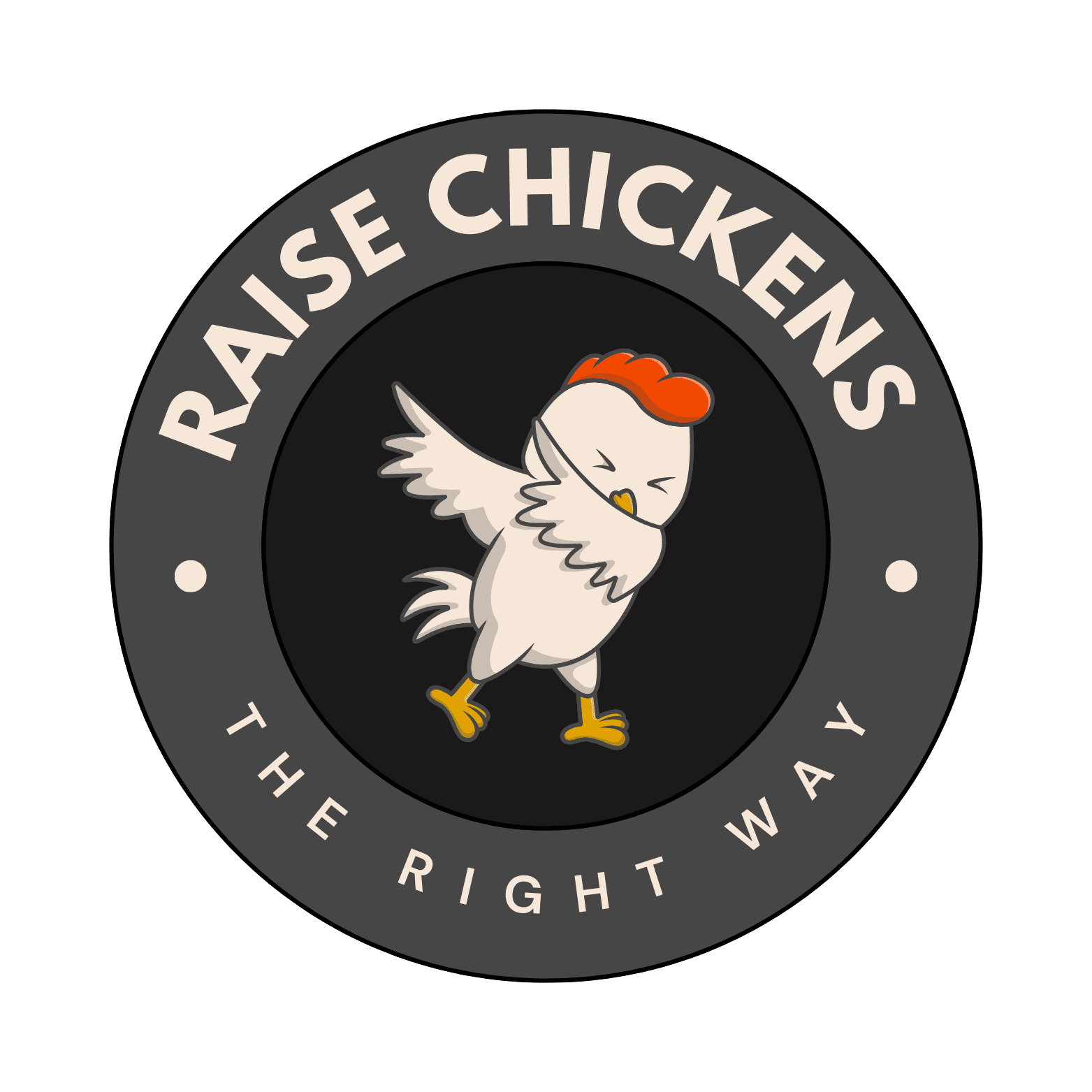Can Chickens Eat Quinoa? A Complete Guide to This Ancient Superfood
As a long-time chicken keeper, I’m often asked about feeding quinoa to chickens. I’ve experimented with various grains in my flock’s diet, and I can confidently say that quinoa can be an excellent addition to your chickens’ menu. Today, I’ll share everything you need to know about feeding this nutrient-rich ancient grain to your feathered friends.
Is Quinoa Safe for Chickens?
Let me put your mind at ease right away – quinoa is completely safe for chickens to eat. In fact, it’s one of the most nutritious grains you can offer your flock. I’ve been feeding quinoa to my chickens for years, and they absolutely love it. The best part? It’s packed with essential nutrients that can benefit your birds in multiple ways.
The Nutritional Power of Quinoa
When I first looked into quinoa’s nutritional profile, I was impressed by its exceptional balance of nutrients. Here’s what you’ll find in a 100-gram serving:
• Protein: 4.4g
• Fat: 1.9g
• Carbohydrates: 21g
These macronutrients make quinoa an excellent supplement to your chickens’ regular feed. I’ve noticed that the protein content, in particular, can be especially beneficial during molting season when chickens need extra protein to grow new feathers.
Benefits of Feeding Quinoa to Chickens
From my experience, there are several compelling reasons to add quinoa to your chickens’ diet. It’s rich in essential amino acids, making it a complete protein source – something that’s relatively rare in the plant world. I’ve observed that chickens fed quinoa as part of their diet often display shinier feathers and maintain good energy levels throughout the day.
How to Feed Quinoa to Your Chickens
Here’s how I prepare quinoa for my flock:
1. Rinse thoroughly to remove saponins
2. Cook it until soft (about 15-20 minutes)
3. Let it cool completely
4. Serve in moderation as a treat
5. Mix with other grains for variety
I’ve found that offering cooked quinoa works better than raw, as it’s easier for chickens to digest and they seem to prefer the texture. Remember, moderation is key – I typically offer it as a treat 2-3 times per week.
Common Misconceptions About Quinoa and Chickens
There’s a common belief that raw quinoa is toxic to chickens due to its saponin content. While saponins can be bitter and potentially irritating, a thorough rinse removes most of them. I’ve discovered that cooking the quinoa eliminates any remaining concerns about saponins.
Cost Considerations and Alternatives
I’ll be honest – quinoa isn’t the cheapest grain option for your chickens. If you’re on a budget, you don’t need to feel guilty about not including it in their diet. Your chickens can thrive without it, as long as they’re getting a balanced feed. I often recommend starting with small amounts to see how your flock responds before making it a regular treat.
Seasonal Feeding Tips
Throughout my years of chicken keeping, I’ve learned that timing matters when it comes to quinoa treats. During molting season, I increase the frequency slightly due to the extra protein boost. In summer, I sometimes serve it cold as a refreshing treat. During winter, warm (but not hot) quinoa can provide some extra comfort to your flock.
Health Considerations and Watch-Outs
While quinoa is generally safe, there are a few things I always keep in mind. First, never serve it moldy or spoiled. I make sure to only prepare what my chickens can eat in one sitting. Also, if you’re introducing quinoa for the first time, start with small amounts to watch for any digestive issues, though I’ve rarely seen any problems.
Quinoa as Part of a Balanced Diet
I can’t stress enough that quinoa should be treated as a supplement, not a replacement for regular feed. Commercial chicken feed is formulated to provide all the nutrients your flock needs. I use quinoa as part of a varied treat schedule that includes other healthy
